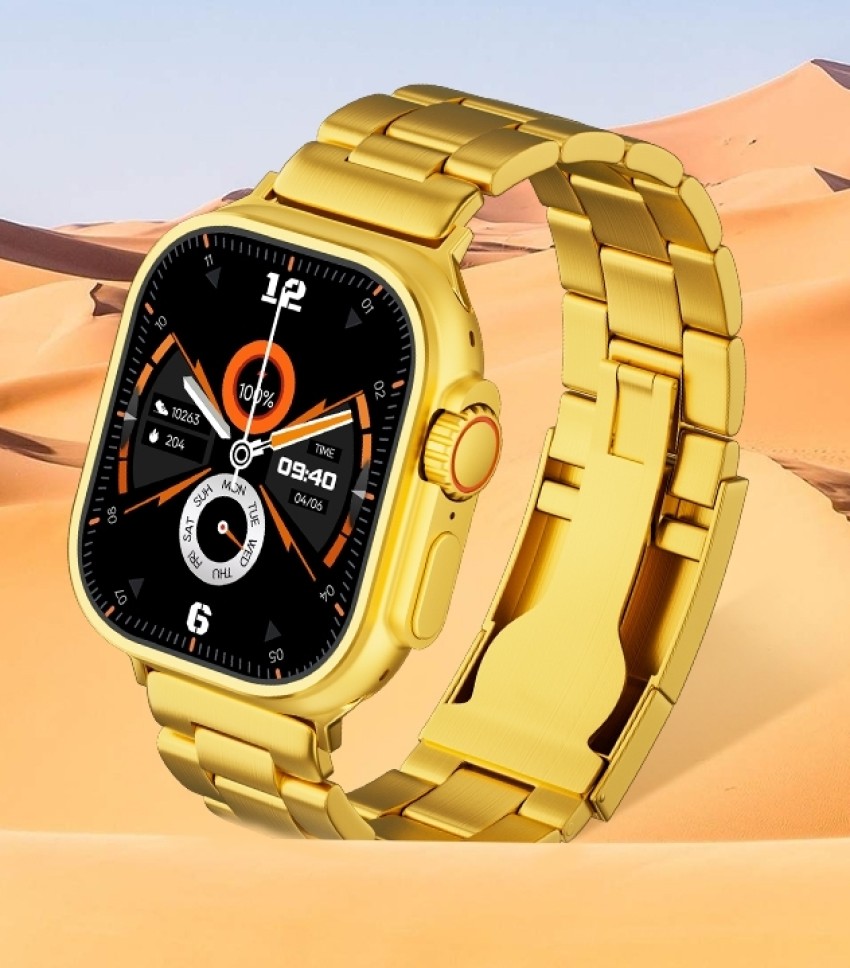Title: The Timeless Elegance of Watches: A Fascinating Journey Through History
Introduction: Watches have long held a special place in the hearts of people worldwide. Beyond their functional purpose of telling time, watches represent an embodiment of craftsmanship, precision engineering, and style. Throughout history, these small timekeeping devices have evolved from simple sundials to complex mechanical wonders and modern smartwatches. Join us as we embark on a fascinating journey through the history and allure of watches, exploring why they remain timeless symbols of elegance and sophistication.
The Birth of Timekeeping: The concept of measuring time dates back to ancient civilizations, where people relied on sundials, water clocks, and hourglasses. It was the sundial, with its reliance on the sun's position, that first allowed humans to divide the day into hours. Eventually, mechanical clocks emerged in medieval Europe, leading to the creation of pocket watches in the 16th century. These early watches were often ornate, handmade masterpieces that adorned the wrists of the wealthy elite.
The Era of Mechanical Marvels: As technology advanced, watchmaking evolved into an intricate art form. During the 18th and 19th centuries, Swiss watchmakers, in particular, gained fame for their precision and craftsmanship. Innovations like the escapement mechanism, balance wheel, and mainspring revolutionized timekeeping accuracy. Pocket watches became a status symbol, cherished heirlooms passed down through generations.
The Wristwatch Revolution: The late 19th and early 20th centuries saw a shift from pocket watches to wristwatches. Military personnel found it more convenient to glance at their wrists during battle, leading to the widespread adoption of wristwatches during World War I. The sleek, minimalist designs of early wristwatches emphasized elegance and practicality. Brands like Rolex, Omega, and Patek Philippe emerged during this era, cementing their place as horological giants.
The Quartz Revolution: In the 1970s, the quartz revolution shook the watch industry. Quartz watches, driven by electronic oscillations, offered superior accuracy and affordability. Although initially seen as a threat to traditional mechanical watchmaking, Swiss watchmakers embraced the challenge, focusing on luxury and precision. Mechanical watches remained cherished for their artistry and heritage, while quartz watches catered to a broader market.
The Resurgence of Mechanical Mastery: The turn of the 21st century witnessed a remarkable resurgence of mechanical watches. Collectors and enthusiasts rekindled their appreciation for traditional craftsmanship and intricate movements. Luxury brands showcased their watchmaking expertise, often incorporating complications such as tourbillons, perpetual calendars, and moon phases. Each mechanical timepiece became a symbol of meticulous craftsmanship, passion, and innovation.
The Rise of Smartwatches: In recent years, the introduction of smartwatches has added a new dimension to the watch industry. Combining technology and connectivity, smartwatches offer features beyond timekeeping, such as fitness tracking, notifications, and apps. While some feared that smartwatches would overshadow traditional timepieces, they have instead found a place alongside mechanical watches, catering to different preferences and lifestyles.
Conclusion: Throughout history, watches have mirrored the evolution of human society, from the sundials of ancient civilizations to the smartwatches of the digital age. Despite the vast technological advancements, the allure of traditional mechanical watches endures, captivating connoisseurs and novices alike. Each watch tells a unique story—of craftsmanship, innovation, and the passing of time. A timeless symbol of elegance and precision, watches continue to enchant us, transcending generations and connecting us to the past, present, and future. As we continue to cherish these miniature marvels, they remind us that the essence of time lies not merely in counting seconds, but in cherishing every moment that ticks by.

Comments
Post a Comment